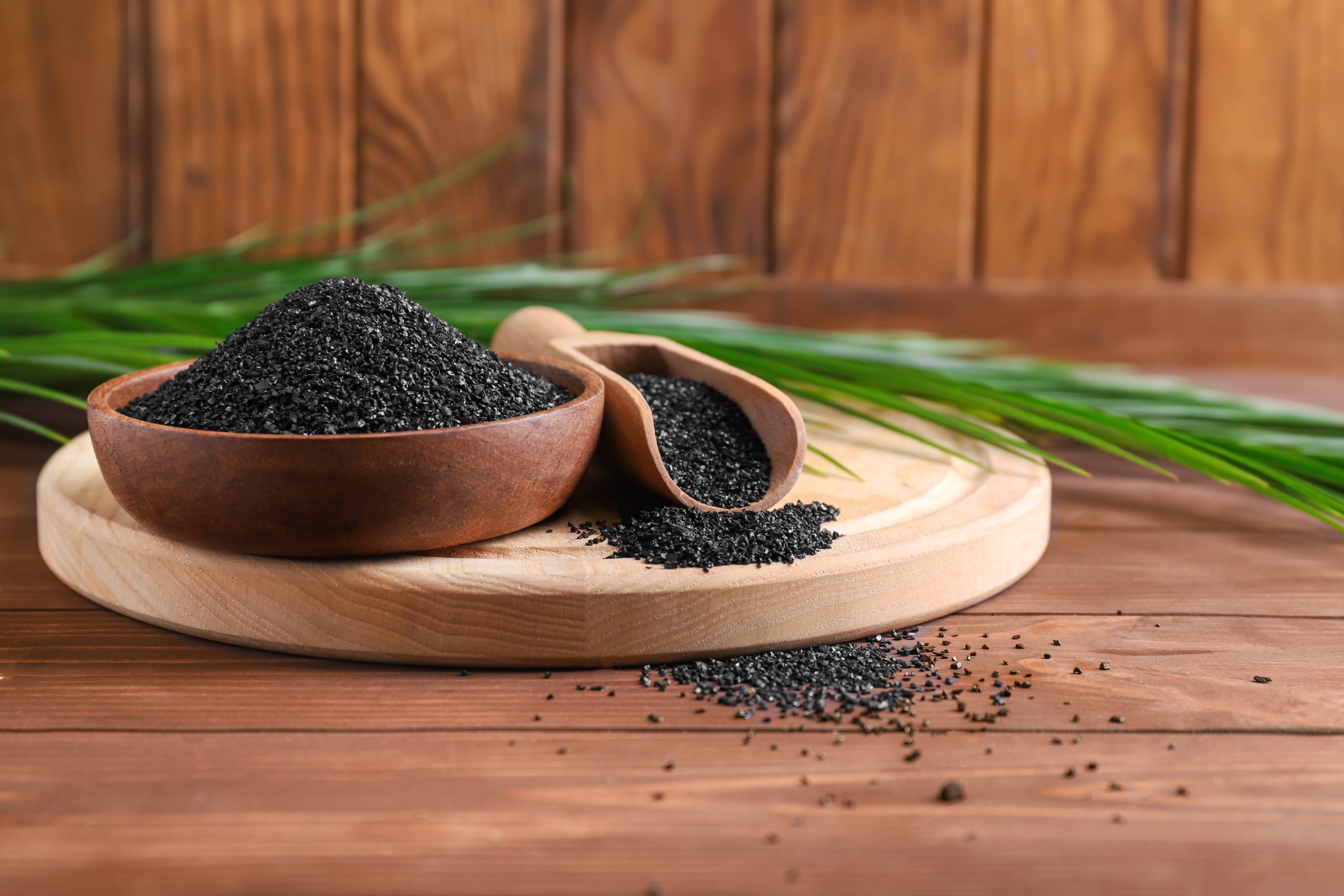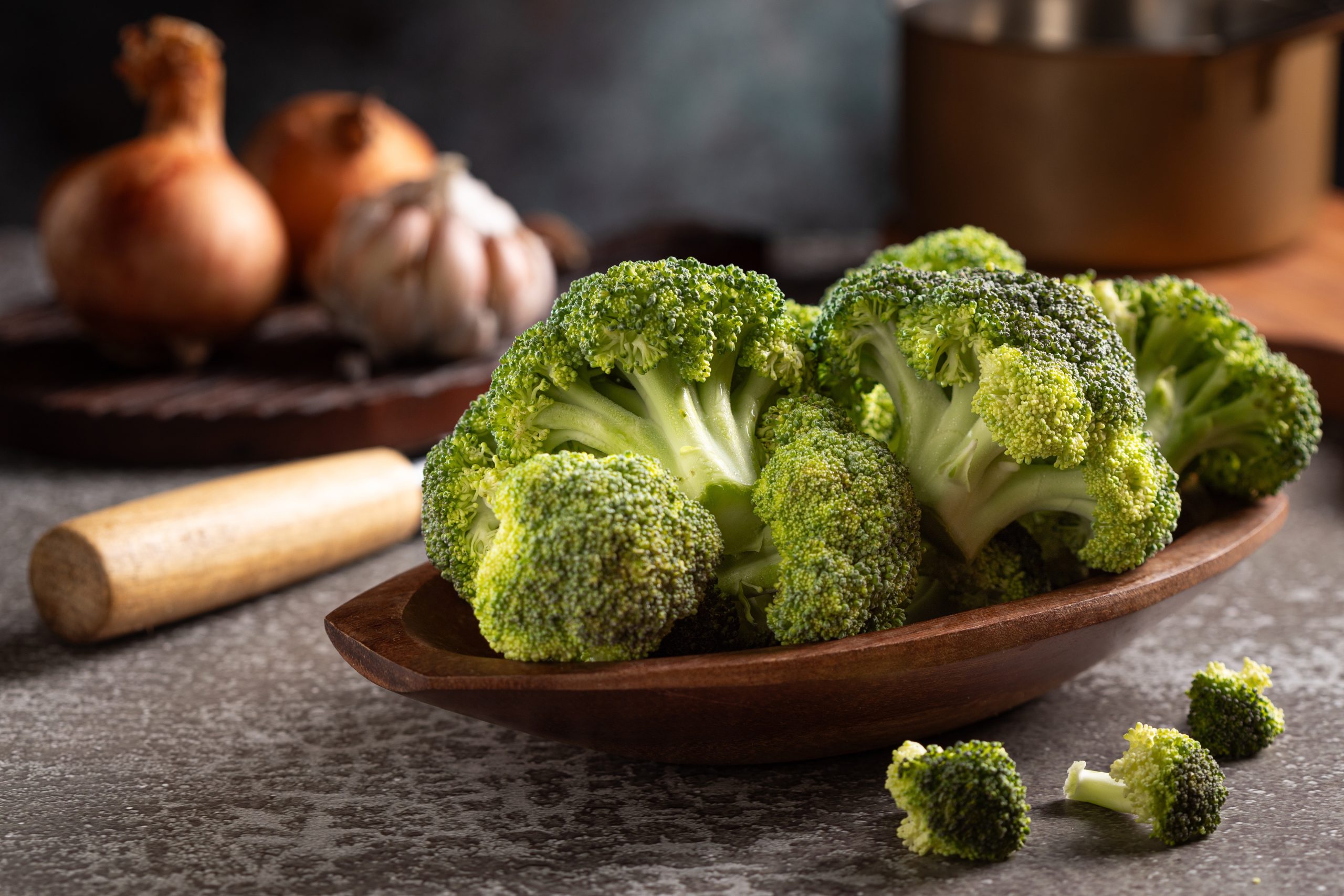Few substances have shaped civilizations and survived modern skepticism like activated charcoal—a black powder whose story is still unfolding, and whose mysterious power remains both revered and questioned.
Story Highlights
- Activated charcoal’s origins trace back over 5,000 years to ancient Egypt, where it was prized for preservation, medicine, and metallurgy.
- The material’s unique adsorptive properties made it indispensable for purifying water, treating poisonings, and filtering toxins throughout history.
- Modern science has validated some uses, especially emergency detoxification, while many new wellness trends lack robust evidence.
- Regulatory scrutiny and consumer curiosity are driving innovation and debate over safety, efficacy, and future applications.
Ancient Roots: Charcoal’s First Revolution
In the shadowed workshops of ancient Egypt, artisans fired wood to create charcoal—a humble material that would outlast kingdoms. Around 3750 B.C., Egyptians discovered that charred wood posts defied the Nile’s rot, leading to its use in construction, metallurgy, and, crucially, in mummification and medicine. By 1500 B.C., charcoal’s antiseptic powers were trusted to heal wounds and suppress foul odors, as recorded in Egyptian papyri. The Greeks and Romans later adopted charcoal for digestive ailments and food preservation, recognizing its uncanny knack for neutralizing poisons and purifying water. The material’s leap from smelting metals to saving lives was not accidental; its ability to adsorb—cling to and trap—unwanted substances gave it a reputation both practical and mystical, setting the stage for a millennia-long legacy.
Charcoal’s journey through antiquity was marked by a simple but profound principle: survival. Whether preserving food for voyages or treating wounds on the battlefield, civilizations from Phoenicia to Rome placed their faith in this black powder. Yet, it wasn’t until the industrial age that charcoal’s latent potential was truly “activated.”
The Science of Activation: From Black Powder to Modern Marvel
Activated charcoal is not ordinary charcoal. Chemists in the 18th and 19th centuries learned to supercharge its powers by heating carbon-rich material—wood, coconut shells, bamboo—in a low-oxygen environment, then exposing it to oxidizing gases or chemicals. This process creates a labyrinth of pores and a massive surface area—up to 3,000 square meters in a single gram—allowing it to adsorb toxins, impurities, and even gases. The European sugar industry drove innovation, demanding finer filtration to produce purer sweeteners. By the 20th century, activated charcoal was indispensable in hospitals for treating poisonings, in municipal water systems for purification, and in industrial plants for environmental cleanup.
Science confirmed what ancient healers only suspected: activated charcoal binds to a wide range of molecules—drugs, toxins, and organic impurities—making it a reliable emergency antidote for certain types of poisoning. Its negative charge and cavernous structure make it a magnet for chemical contaminants, from tap water impurities to airborne pollutants. Yet, as its uses proliferated, so did bold claims and commercial enthusiasm, especially outside the controlled environment of hospitals and factories.
The Wellness Boom: Miracle Cure or Market Mirage?
In the 21st century, activated charcoal leapt from the ER to the beauty aisle, wellness blogs, and kitchen cabinets. Black toothpaste, charcoal-infused face masks, detox supplements, and even jet-black ice cream became Instagram sensations. The wellness industry, eager for natural “detox” solutions, touted charcoal as a panacea for everything from bloating to aging. Medical experts, however, urge caution. While activated charcoal is a proven remedy in acute poisoning cases, clinical evidence for routine detox, cholesterol reduction, or anti-aging is thin. Regulatory agencies now scrutinize marketing claims, warning that overuse can interfere with medications or deplete essential nutrients.
Consumers, undeterred by skepticism, continue to embrace activated charcoal for perceived health and environmental benefits. The industry has responded with innovations like C60 “super charcoal” and expanded uses in air purification and sustainable packaging. The black powder’s appeal seems woven into a broader hunger for ancient remedies, natural solutions, and visible transformation—even if the scientific verdict remains cautious.
Enduring Impact: Science, Skepticism, and the Future
Activated charcoal’s legacy straddles science and folklore, medicine and marketing. For all the hype, its core strengths remain as relevant as they were in ancient Egypt: adsorption, purification, preservation. Hospitals still rely on it for emergencies; water treatment plants depend on it to keep cities safe. Environmental engineers view it as a linchpin for cleaner air and water. Meanwhile, the debate over wellness trends and unproven claims continues, fueled by social media influence and regulatory vigilance.
Activated charcoal’s future will likely hinge on scientific rigor and innovation. Its proven virtues—removing poisons, filtering toxins—are undisputed. Its broader promises, from routine detox to cosmetic miracles, remain under the microscope. The story is far from over. Will the next breakthrough come from a laboratory, a marketing campaign, or a rediscovered ancient text? One thing is certain: the black powder that refuses to fade into history will keep us guessing, and perhaps, keep us safer.











